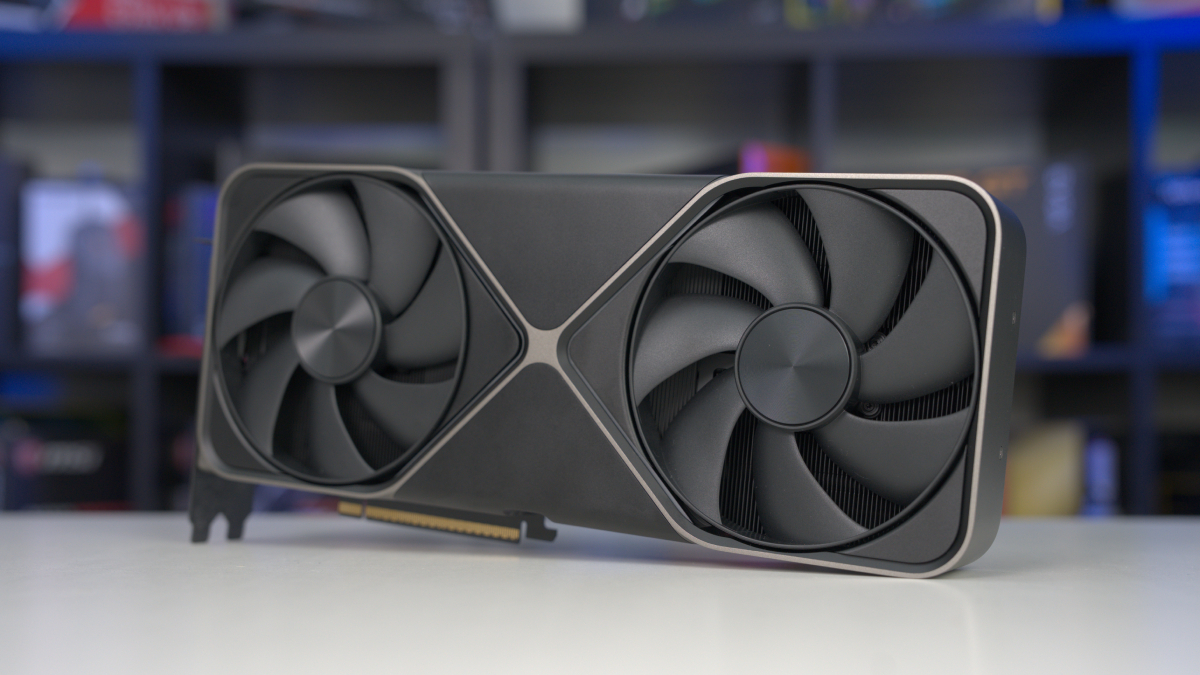Xbox creator says “world will return to local compute” once the cost of high GPU performance lowers

Table of Contents
There’s a lot to talk about in the world of computer graphics and PC gamers are often quick to share their opinion on the state of graphics, performance, and everything in between. One of the hottest topics as of late is what some people may feel is a ‘reliance’ on AI technology, whether it be upscaling, frame generation, or both. We believe that tech like Frame Gen is great for PC gaming, but it shouldn’t exist to reach 60 FPS as we’ve seen in some recent titles.
It is well known that Nvidia is fully on board with AI-boosted performance. It claimed that techniques such as neural rendering will overcome “the limitations of today’s graphics” in its deep dive into the RTX 50 series last month. However, not everyone is so convinced – some of us just want better rasterization.
This also seems to be true to a certain extent for ‘father of Xbox’ Seamus Blackley who has shared his thoughts for an upcoming VideoGamer Podcast. He claims to be a “big believer in local compute” and believes computer graphics will return to focus on traditional raster techniques once the cost of doing so is more practical. Right now, we’re in an artificial intelligence boom, but who knows how long it will last?
Could companies like Nvidia return to focusing on rasterization?
Rasterization, as opposed to AI, is all about raw performance. This is what any GPU reviewer bases their benchmarks on and it’s what PC gamers want to see when comparing graphics cards one-to-one. While AI may be the main driver for Nvidia, AMD, and Intel right now, Blackley seems confident that things will come full circle.
“I am a big believer in local compute, and so I think that the world will return to local compute in just a minute when the cost of making super high performance gets a little bit lower.”
“Nvidia and other graphics companies have changed their focus from better rendering to upscaling and to AI features. It’s like the message there is that it’s not a good business anymore to try to convince people that they’re rendering better, which means you have enough rendering power, which is terrifying to them because then what’s their business? If not trying to sell you a graphics card with more rendering?”
Seamus Blackley
Right now, it makes sense for Nvidia to go full speed ahead on its artificial intelligence ventures, especially with AMD always on its tail. Multi Frame Generation is Team Green’s latest development exclusive to the new RTX 50 series GPUs, and it is a big selling point for these cards considering the raw performance uplift isn’t quite as good as prior generations.
AI is “just a filter,” Blackley adds
Blackley views AI in pretty simple terms. “AI is just, it’s just a filter – it’s a machine-learning filter – it’s really dressing it up to be fancy.” That’s essentially what upscaling and frame generation are all about; ‘fake frames’ as some people would say. However, it is worth pointing out that Blackley says you “reach some kind of plateau in graphics and connectivity and processing power where more doesn’t necessarily make things better”. This is the other side of the argument, suggesting that AI is a necessary part of computer graphics.
While raw raster performance gains may be taking the back seat for now in favor of a push for AI, it seems like a matter of time before rendering costs lower enough that ‘super high performance’ becomes sustainable without over-reliance on artificial intelligence.
